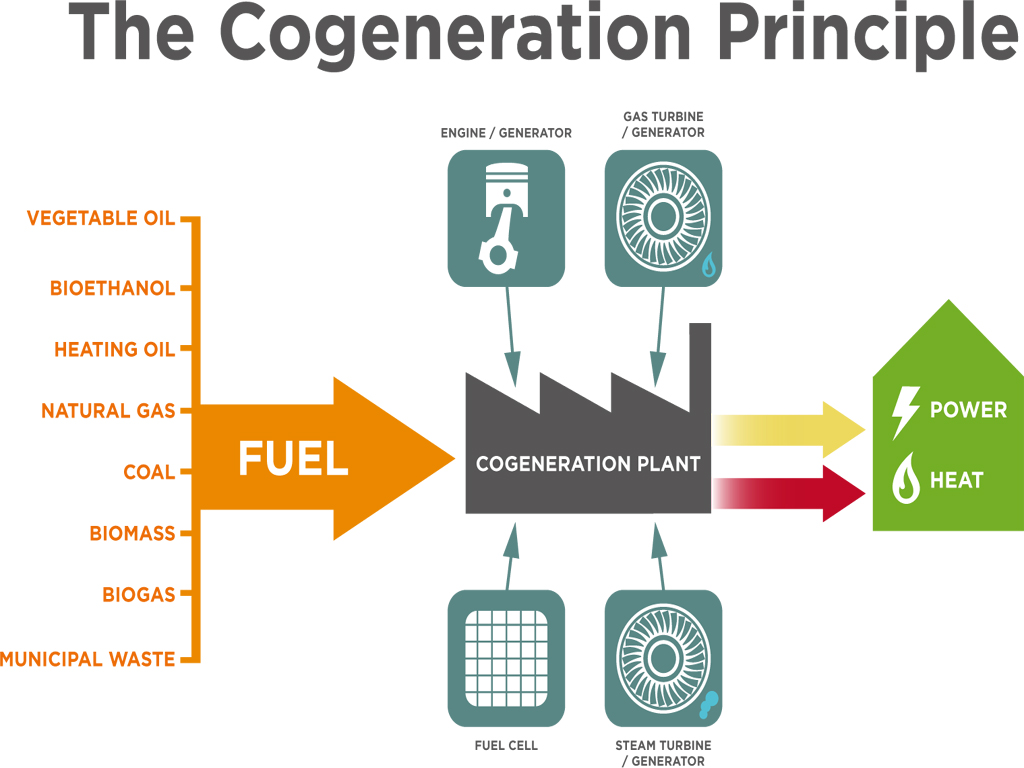⚡ What Does “Under-Excited” Mean?
A generator is underexcited when its field excitation (DC current in the rotor winding) is less than required for the load it is supplying.
Effects of Under-Excitation:
Absorption of Reactive Power (Lagging Power Factor):
- The most prominent effect: When underexcited, the generator absorbs reactive power from the power system rather than supplying it. It acts like an inductor or a reactive load on the grid.
- Impact on power factor: This leads to the generator operating at a leading power factor from its perspective (meaning the current leads the voltage), or, effectively, the system sees the generator drawing a lagging current. This can be confusing, but from the generator’s internal perspective (looking out at the grid), it’s consuming leading VARs, and therefore it is considered to be running at a leading power factor. From the grid’s perspective, it’s absorbing VARs, which means the grid has to supply those VARs.
Voltage Drop and System Instability:
- Reduced terminal voltage: Since the generator is absorbing reactive power, it can cause the terminal voltage of the generator and the voltage at nearby busbars to drop.
- Voltage collapse risk: If the reactive power absorption is significant and the power system’s reactive power reserves are insufficient, it can lead to a widespread voltage drop and potentially even a voltage collapse in the system.
- Loss of synchronism: Under-excitation reduces the generator’s ability to maintain synchronism with the rest of the grid. The internal voltage of the generator drops, making it more susceptible to losing synchronism (stepping out) if there are disturbances or large load changes.
Overheating of the Stator End Regions:
- End-core heating: When underexcited, the magnetic flux in the stator core end regions can be significantly affected. The armature reaction flux, which typically opposes the main field flux, becomes stronger in the under-excited condition. This can cause increased eddy currents and localized heating in the stator end laminations, potentially leading to insulation damage and stator winding failure if prolonged. This is often a critical limiting factor for underexcited operation.
Reduced Steady-State and Transient Stability:
- Steady-state stability: The generator’s ability to remain in synchronism with the grid under small, gradual changes in load or excitation is reduced. The “power angle” (the angle between the generator’s internal voltage and the system voltage) increases for the same active power output, pushing it closer to the steady-state stability limit.
- Transient stability: The ability of the generator to withstand sudden and large disturbances (like short circuits or sudden load changes) without losing synchronism is also significantly reduced.
Activation of Under-Excitation Protection:
- Due to the severe consequences, generators are equipped with under-excitation protection relays. These relays monitor parameters like reactive power, impedance (R-X diagram), and power angle. If the generator operates in an unsafe, underexcited zone for too long, the protection will typically issue an alarm first and then trip the generator to prevent damage.
Impact on Overall Grid Operation:
- Reactive power balance: A healthy power system requires a balance of reactive power. If multiple generators run under-excited, the overall reactive power demand on the grid increases, potentially stressing other generators or requiring increased reactive power compensation from other sources (e.g., capacitors, synchronous condensers).
- Economic implications: Running a generator underexcited might be done intentionally in certain scenarios (e.g., synchronous condensing for voltage support at low loads), but it’s typically less efficient for power generation as it sacrifices real power capability for reactive power absorption.
In summary, running a generator under-excited can lead to a dangerous absorption of reactive power, voltage instability, localized overheating, and a significant reduction in the generator’s operating stability. This is why strict operational limits and protective schemes are in place to prevent prolonged underexcited operation.

